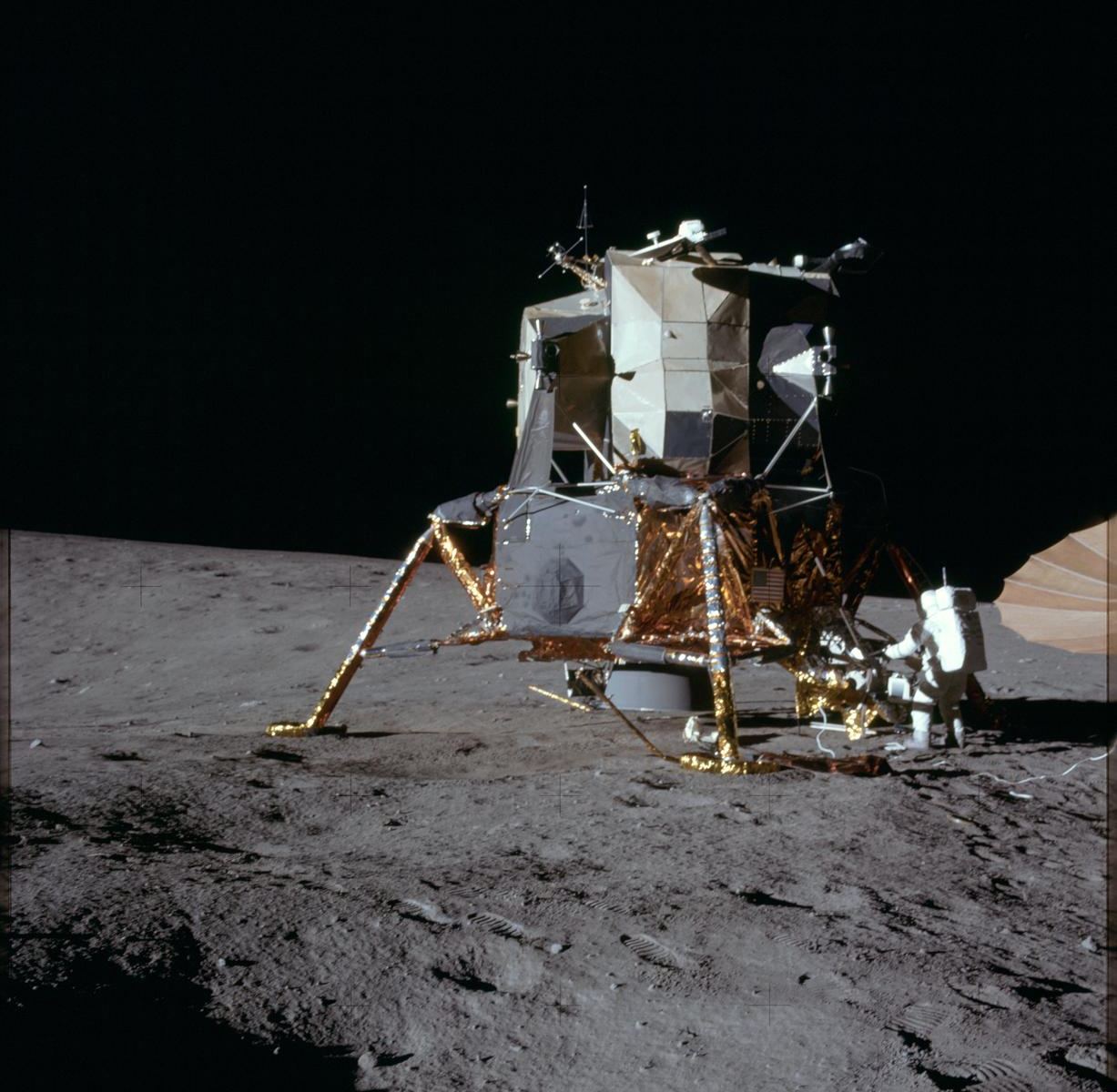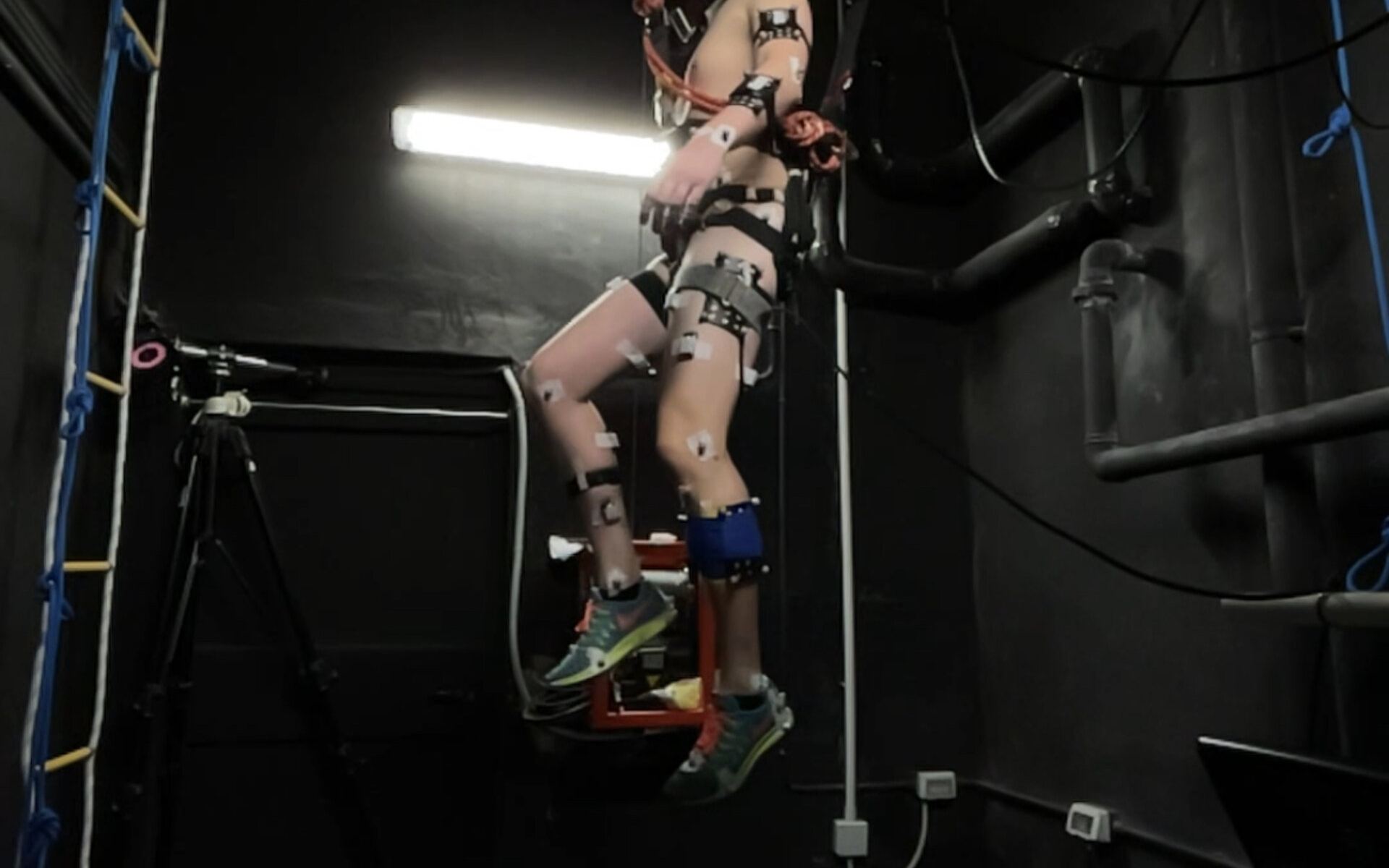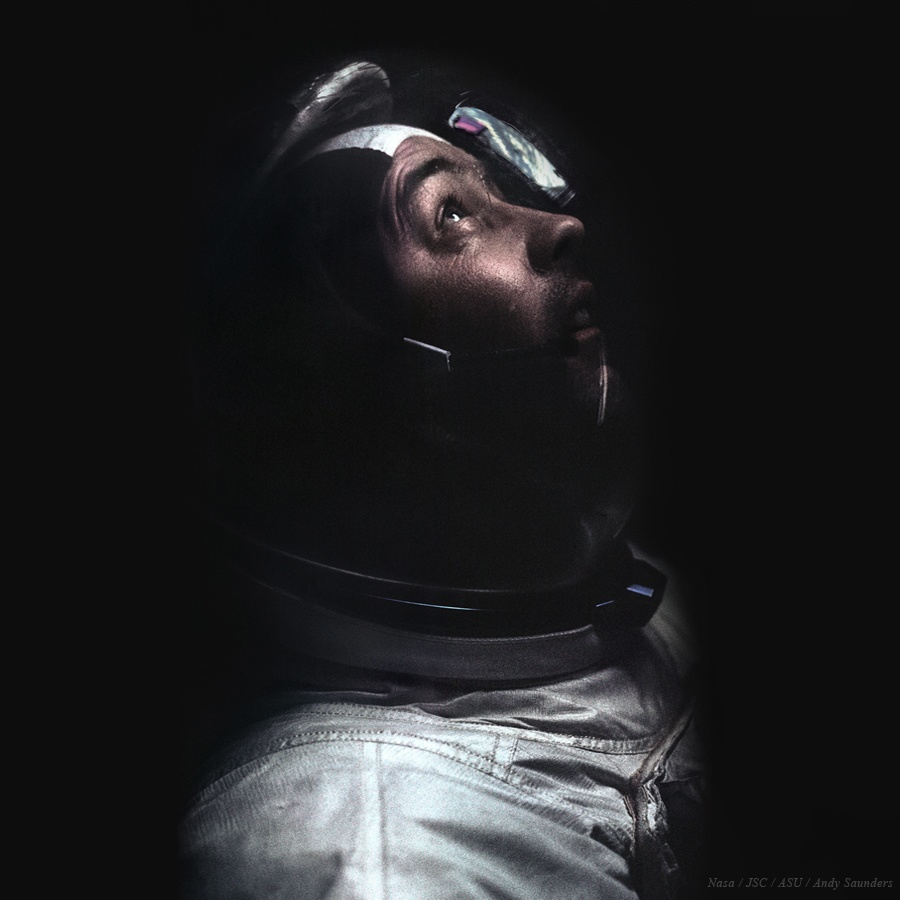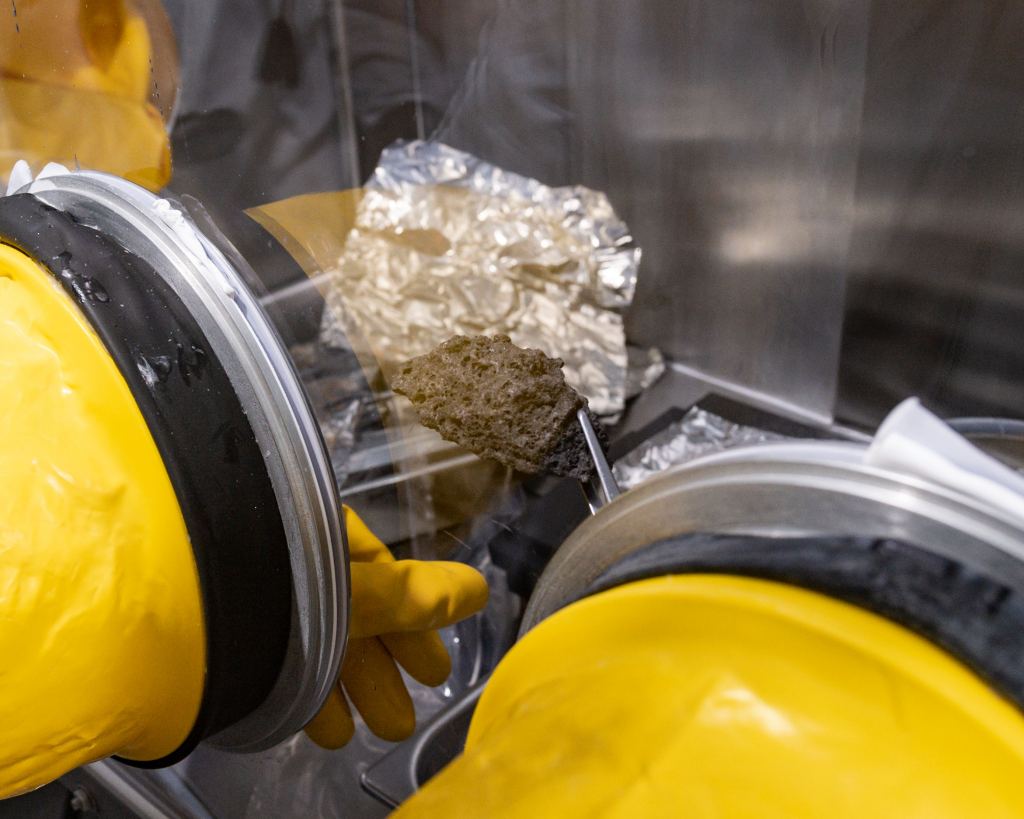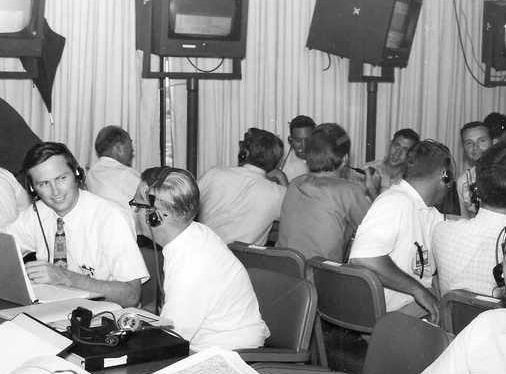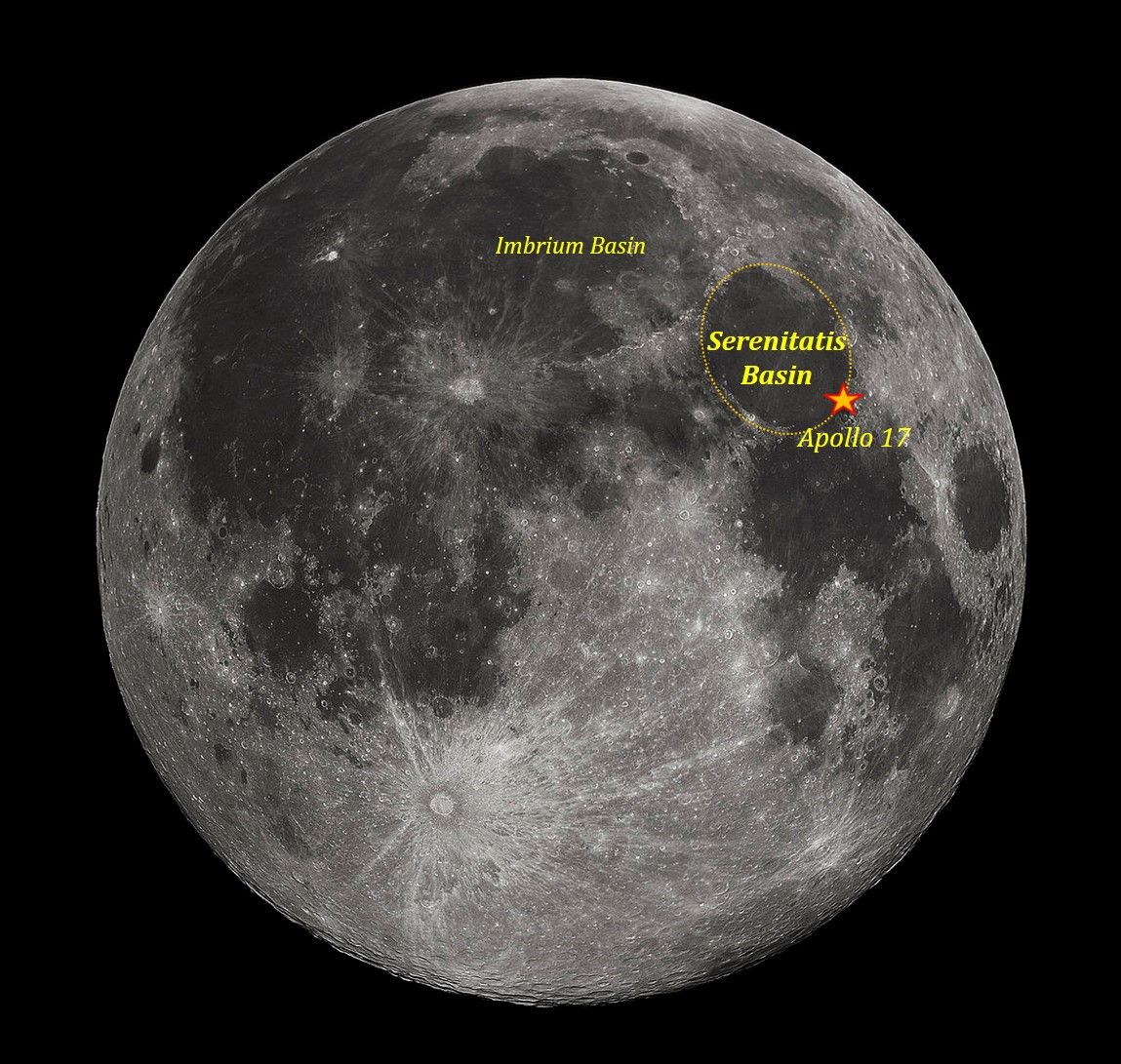Apollo 8 astronaut William Anders, who took the iconic “Earthrise” photo of our home planet from the Moon in 1968, was killed on June 7, 2024. Anders was flying alone in his Beechcraft T-34 Mentor aircraft when the plane plunged into the waters off the San Juan Islands in Washington state. Anders was 90.
“At every step of Bill’s life was the iron will of a pioneer, the grand passion of a visionary, the cool skill of a pilot, and the heart of an adventurer who explored on behalf of all of us,” said NASA Administrator Bill in Nelson in a statement. “His impact will live on through the generations. All of NASA, and all of those who look up into the twinkling heavens and see grand new possibilities of dazzling new dreams, will miss a great hero who has passed on.”
Continue reading “Remembering Apollo 8 Astronaut Bill Anders”

